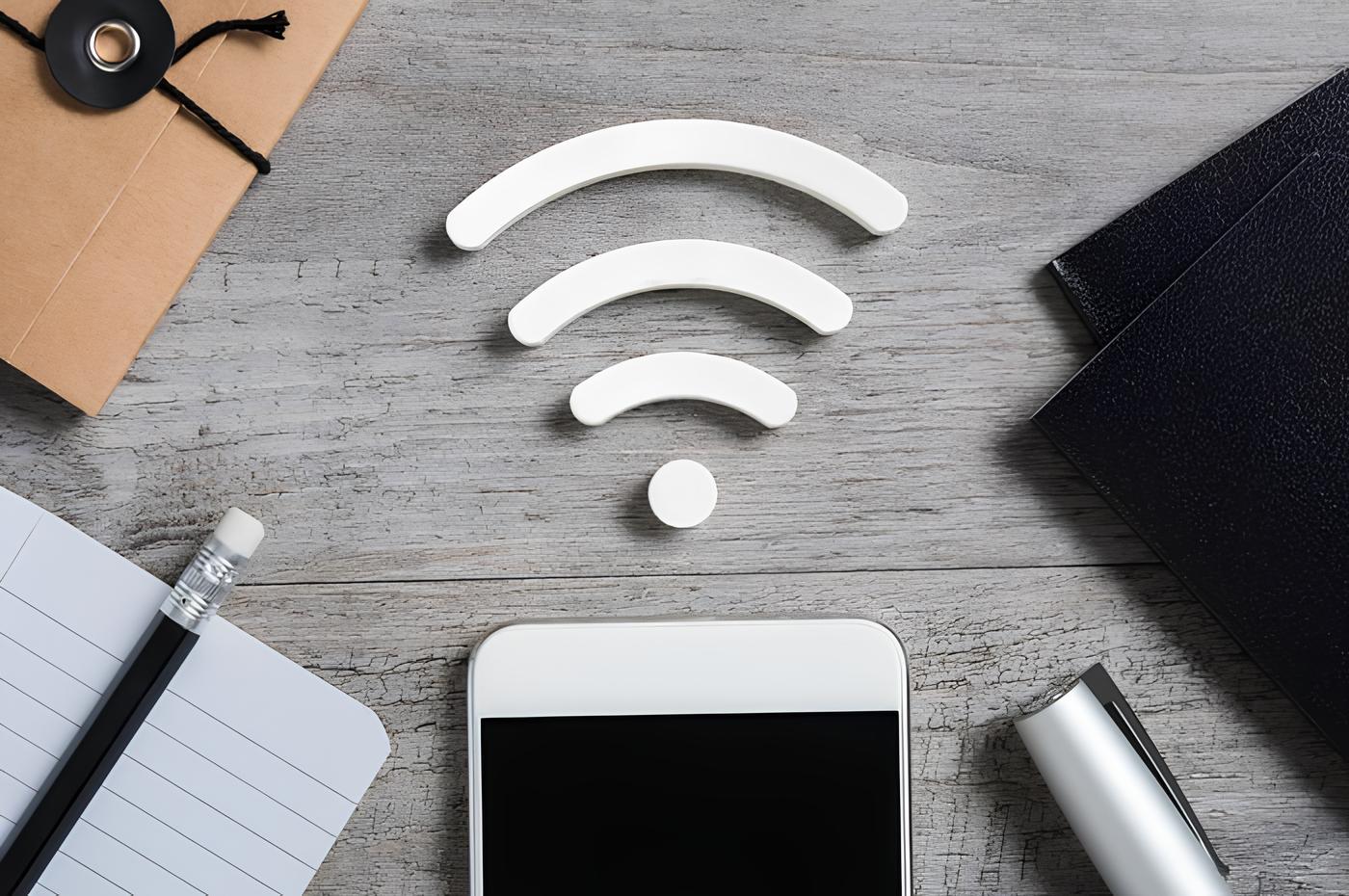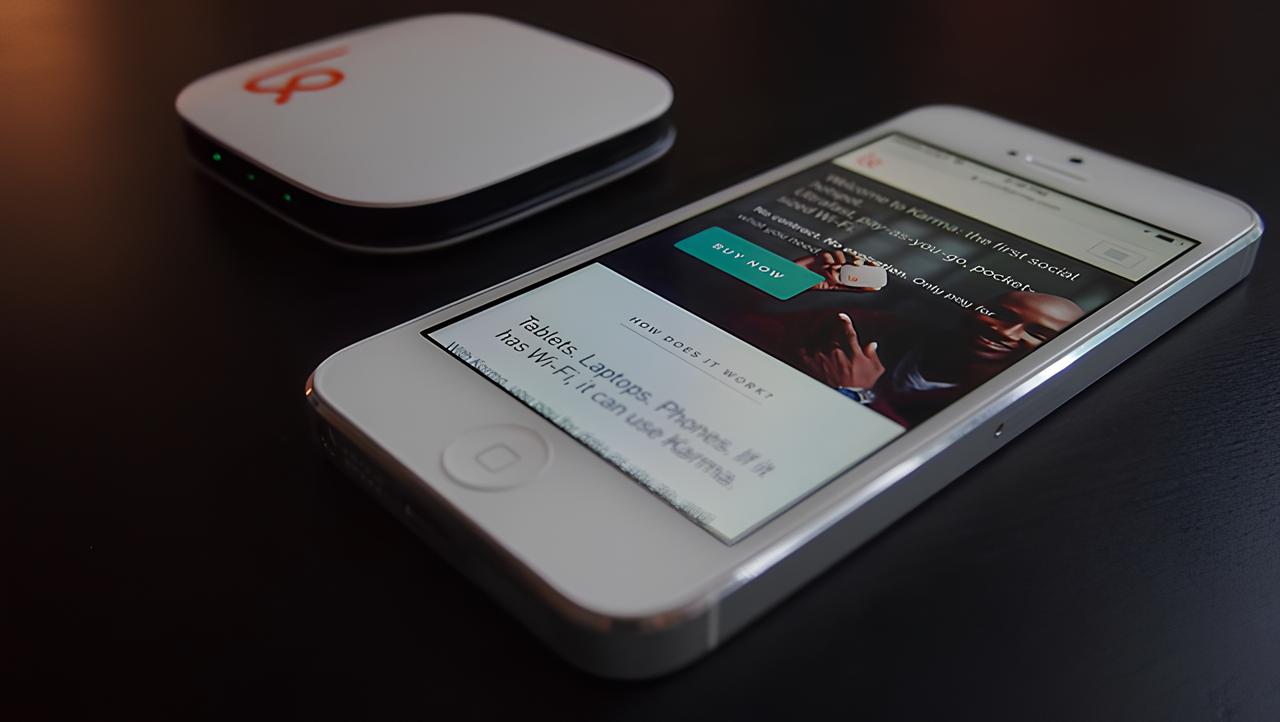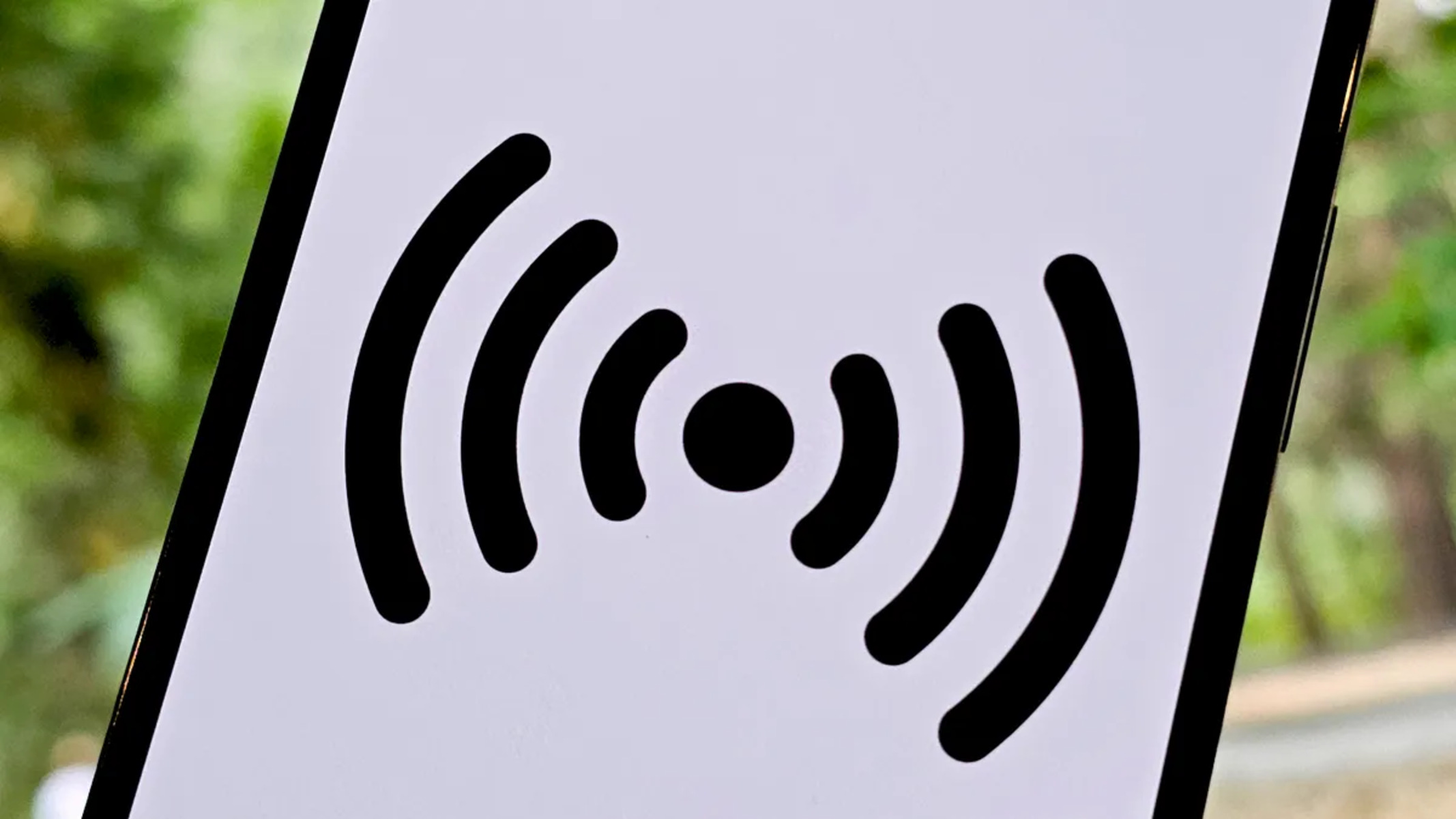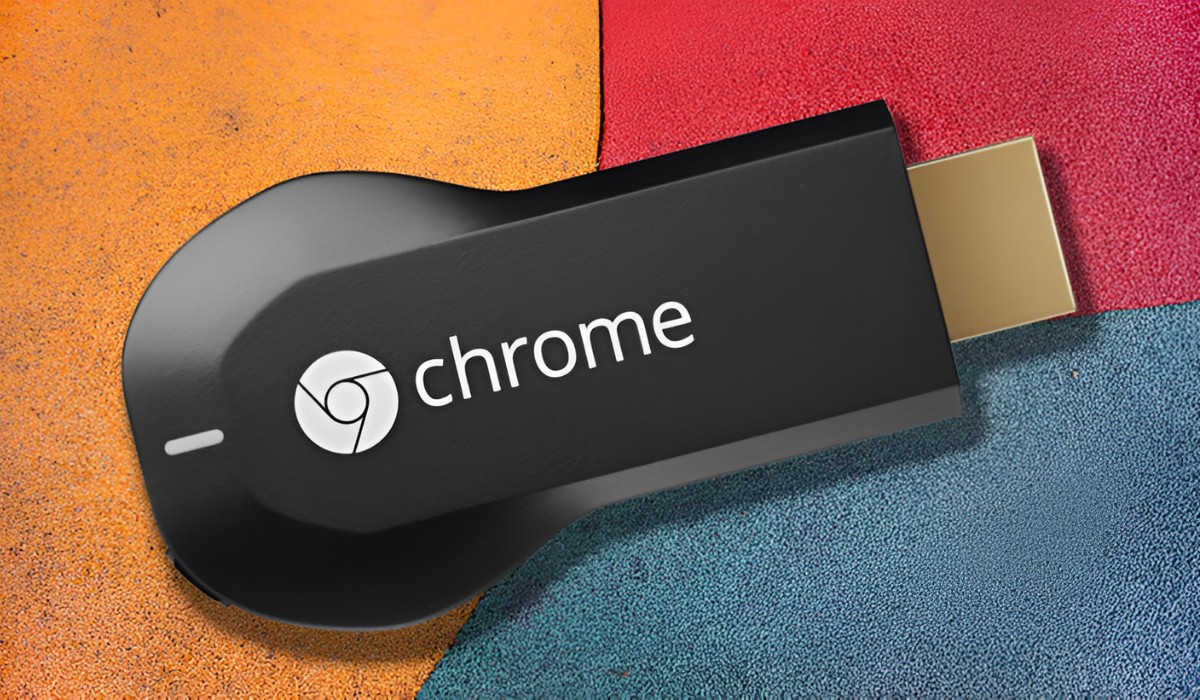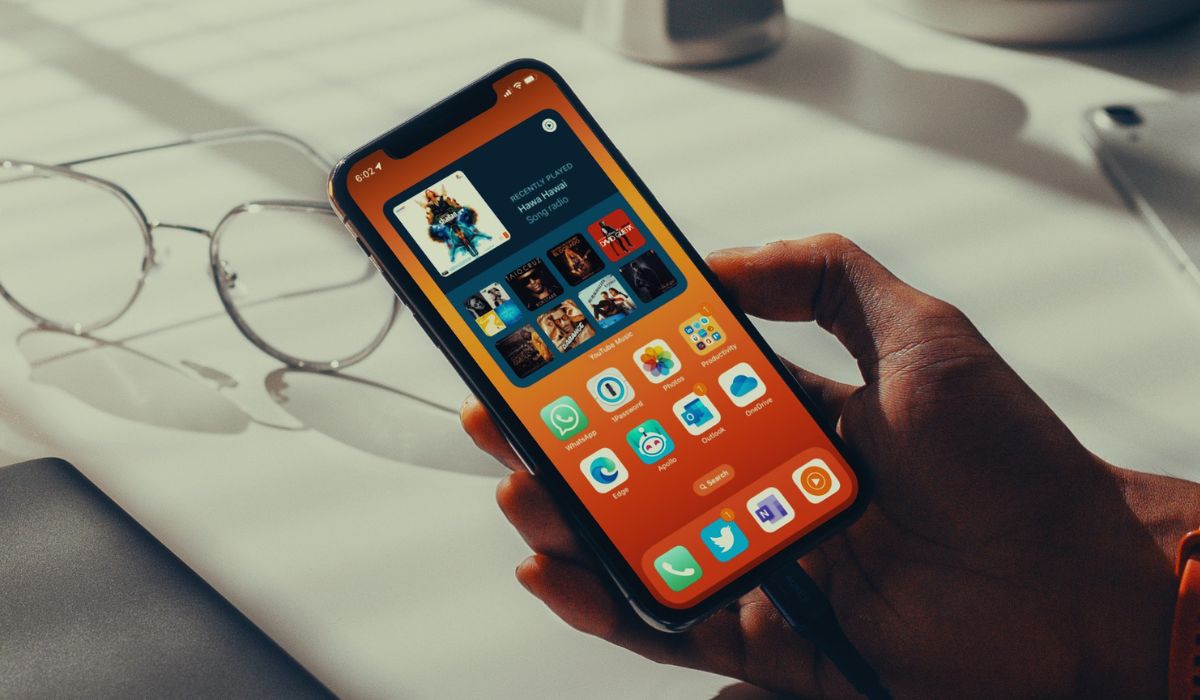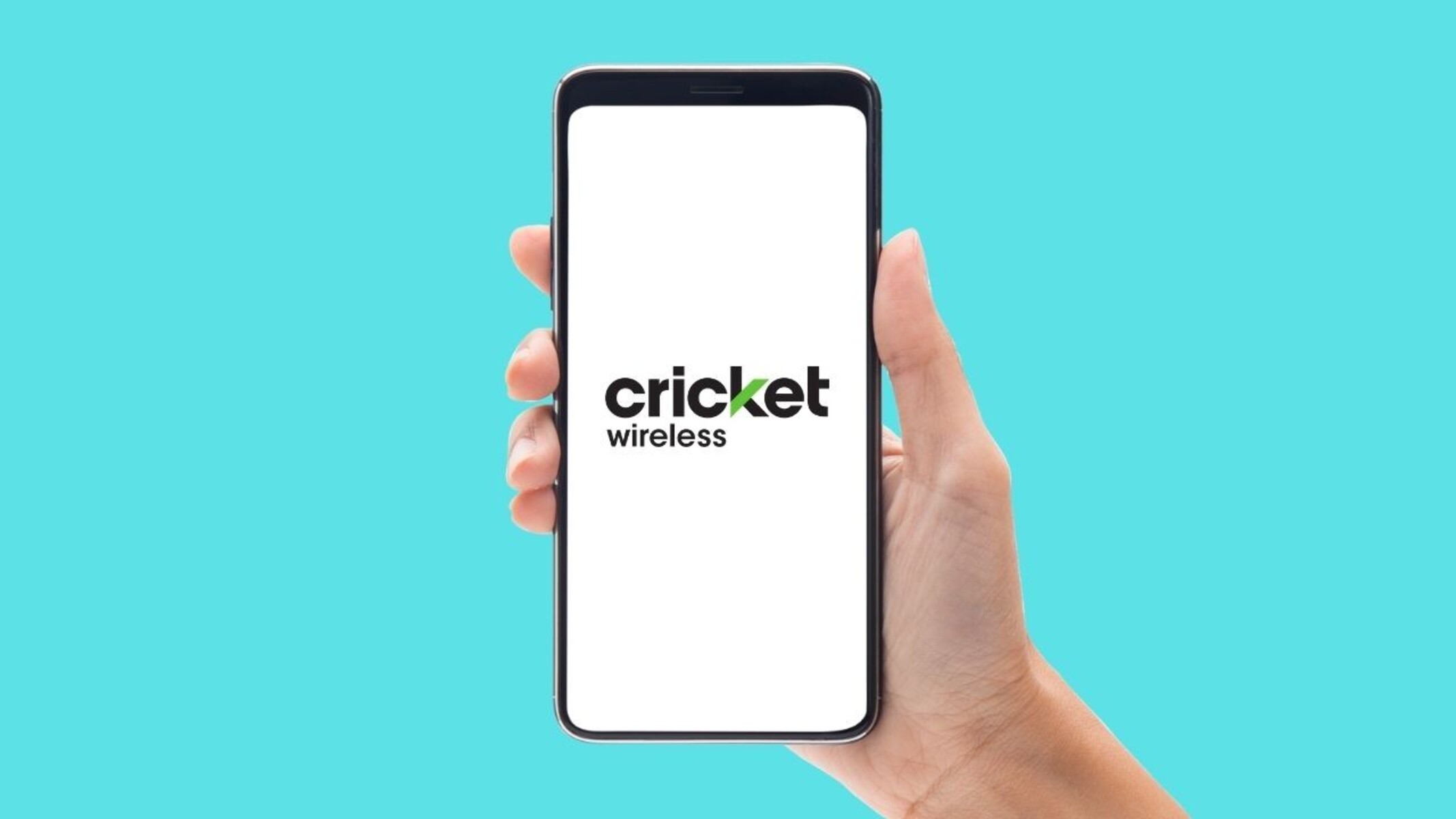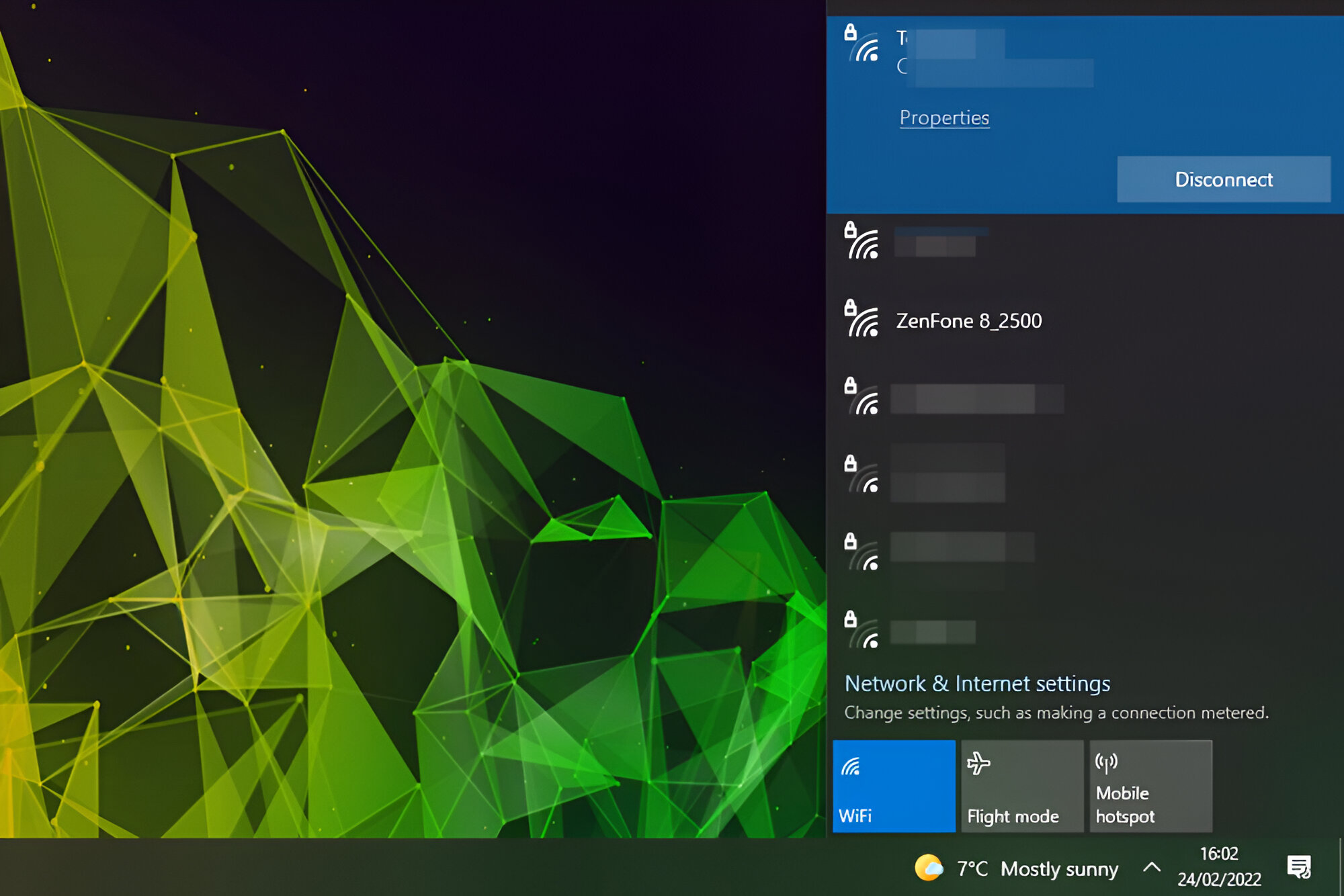Introduction
In today's fast-paced world, staying connected is more important than ever. Whether you're a student needing to access online resources, a professional working remotely, or a traveler wanting to share your adventures on social media, having reliable internet access on the go is crucial. This is where hotspots come into play.
Hotspots, also known as Wi-Fi hotspots or mobile hotspots, are wireless access points that provide internet connectivity to devices such as smartphones, laptops, and tablets. They can be incredibly useful in situations where traditional Wi-Fi networks are unavailable or unreliable. By leveraging cellular data, hotspots enable users to access the internet from virtually anywhere, turning your smartphone into a portable hub for internet connectivity.
Understanding how to identify and utilize hotspots on your phone can significantly enhance your ability to stay connected and productive. Whether you're in a bustling city, a remote rural area, or on the move, knowing how to leverage hotspots effectively can make a world of difference.
In this article, we will delve into the world of hotspots, exploring how they work, how to check for hotspot availability on your phone, and how to harness the power of hotspots for seamless internet access. By the end of this guide, you'll be equipped with the knowledge and confidence to make the most of hotspots, ensuring that you can stay connected wherever your adventures take you.
So, let's embark on this journey to unlock the potential of hotspots and empower ourselves with the ability to stay connected in an increasingly interconnected world.
Understanding Hotspots
Hotspots, also referred to as Wi-Fi hotspots or mobile hotspots, play a pivotal role in the modern digital landscape. These wireless access points serve as gateways to the internet, allowing users to connect their devices and access online resources from virtually anywhere. Hotspots are commonly found in public spaces such as cafes, airports, hotels, and libraries, providing convenient internet access to individuals on the go.
At their core, hotspots leverage cellular data networks to create a localized Wi-Fi network that enables seamless internet connectivity. This means that even in areas where traditional Wi-Fi networks are unavailable or unreliable, hotspots can bridge the gap, ensuring that users can remain connected and productive.
Hotspots can be built into devices such as smartphones, allowing users to share their cellular data connection with other devices through a process known as tethering. This functionality transforms a smartphone into a portable hub for internet access, empowering users to stay connected regardless of their location.
Understanding the different types of hotspots is essential for maximizing their utility. While public hotspots are accessible to anyone within range, personal hotspots, also known as tethering, are created by individuals using their smartphones or dedicated hotspot devices. Personal hotspots offer the flexibility of creating a secure and private internet connection, making them ideal for scenarios where data security is a priority.
Moreover, hotspots have become increasingly prevalent due to the widespread adoption of smartphones and the growing demand for on-the-go internet access. As technology continues to evolve, the capabilities and reach of hotspots are expected to expand, further enhancing their role in keeping individuals connected in an interconnected world.
In essence, understanding hotspots involves recognizing their function as wireless access points that leverage cellular data to provide internet connectivity. By grasping the versatility and convenience they offer, individuals can harness the power of hotspots to stay connected, productive, and informed, regardless of their location or circumstances.
Checking Hotspot Availability on Your Phone
Checking for hotspot availability on your phone is a straightforward process that can open up a world of connectivity options. Whether you're in a location with limited Wi-Fi access or seeking a more secure internet connection, knowing how to identify and utilize hotspots on your phone can be incredibly beneficial.
-
Settings Menu: The first step in checking for hotspot availability on your phone is to navigate to the settings menu. On most smartphones, this can be accessed by tapping the gear icon or by swiping down from the top of the screen and tapping the settings icon.
-
Wireless & Networks: Within the settings menu, look for the "Wireless & Networks" or similar option. This is where you'll find the settings related to your phone's connectivity, including Wi-Fi, Bluetooth, and hotspot functionality.
-
Tethering & Portable Hotspot: Once in the "Wireless & Networks" section, locate the "Tethering & Portable Hotspot" or "Hotspot & Tethering" option. This is where you can enable and configure your phone's hotspot functionality.
-
Enable Hotspot: Tap on the "Tethering & Portable Hotspot" option to access the hotspot settings. From here, you can enable the hotspot feature, allowing your phone to broadcast a Wi-Fi signal that other devices can connect to.
-
Configure Hotspot Settings: Depending on your phone model and operating system, you may have the option to configure the hotspot settings, including the network name (SSID) and password. Customizing these settings can enhance the security and accessibility of your hotspot.
-
Connectivity Indicator: Once the hotspot is enabled, your phone will typically display a connectivity indicator, such as a hotspot icon, in the status bar. This indicates that the hotspot is active and ready for other devices to connect.
By following these steps, you can easily check for hotspot availability on your phone and activate the hotspot functionality to provide internet access to other devices. This process empowers you to create a portable Wi-Fi network, enabling seamless connectivity for your devices, regardless of your physical location.
In addition, understanding how to configure hotspot settings, such as the network name and password, allows you to personalize the hotspot experience and ensure that your internet connection remains secure and private. This level of control enhances the utility of hotspots and provides peace of mind when utilizing them for internet access.
In essence, checking for hotspot availability on your phone involves accessing the settings menu, enabling the hotspot feature, and configuring the necessary settings to establish a portable Wi-Fi network. This simple yet powerful capability can transform your smartphone into a hub for internet connectivity, enabling you to stay connected and productive in various environments.
Using Hotspots for Internet Access
Hotspots serve as invaluable tools for accessing the internet on the go, offering a versatile and convenient means of staying connected in various situations. Once you have identified hotspot availability on your phone and activated the hotspot feature, you can leverage this functionality to access the internet on your other devices. Whether you're working remotely, traveling, or simply seeking a reliable internet connection, utilizing hotspots for internet access can significantly enhance your connectivity options.
Upon enabling the hotspot feature on your phone, other devices such as laptops, tablets, and additional smartphones can connect to your phone's Wi-Fi network. This creates a seamless bridge to the internet, allowing your devices to access online resources, communicate with others, and perform essential tasks regardless of your physical location. The ability to transform your smartphone into a portable hub for internet connectivity empowers you to maintain productivity and stay informed, even in environments where traditional Wi-Fi networks may be unavailable or unreliable.
Moreover, using hotspots for internet access provides a level of flexibility that is particularly advantageous for individuals who require secure and private internet connections. Personal hotspots, created through tethering on your smartphone, enable you to establish a dedicated Wi-Fi network with customized security settings. This ensures that your internet traffic remains protected, making it an ideal solution for handling sensitive data or conducting confidential work while on the move.
Furthermore, the widespread availability of hotspots in public spaces means that you can leverage these networks to access the internet without relying solely on cellular data. Whether you're in a cafe, airport, or hotel, the ability to connect to public hotspots can help conserve your cellular data usage while still enjoying reliable internet access. This can be especially beneficial for individuals with limited data plans or those seeking cost-effective connectivity options.
In essence, using hotspots for internet access extends beyond mere convenience; it represents a fundamental aspect of modern connectivity. By harnessing the power of hotspots, individuals can transcend the limitations of traditional Wi-Fi networks and cellular data, unlocking a world of seamless internet access that adapts to their dynamic lifestyles. As technology continues to evolve, the role of hotspots in facilitating connectivity is poised to expand, further solidifying their status as indispensable tools for staying connected in an interconnected world.
Conclusion
In conclusion, the world of hotspots presents a realm of connectivity options that can significantly enhance our ability to stay connected, productive, and informed in an increasingly interconnected world. By understanding the fundamentals of hotspots, checking for their availability on our phones, and leveraging them for internet access, we unlock a myriad of possibilities that transcend the limitations of traditional Wi-Fi networks and cellular data.
Hotspots, whether in the form of public Wi-Fi networks or personal hotspots created through smartphone tethering, offer a level of flexibility and convenience that is invaluable in today's fast-paced society. They bridge the gap between connectivity and mobility, ensuring that individuals can access the internet from virtually anywhere, whether they are in bustling urban centers, remote rural areas, or on the move.
The ability to transform our smartphones into portable hubs for internet connectivity empowers us to maintain productivity and stay connected, regardless of our physical location. This capability is particularly beneficial for remote workers, students, and travelers who rely on seamless internet access to carry out essential tasks, access educational resources, or share their experiences with the world.
Moreover, the security and privacy features associated with personal hotspots provide peace of mind, allowing individuals to handle sensitive data and conduct confidential work with confidence. This level of control over our internet connectivity further enhances the utility of hotspots and ensures that we can navigate the digital landscape with confidence and assurance.
As hotspots continue to evolve and become more pervasive, their role in facilitating connectivity is expected to expand, offering even greater accessibility and reliability. The widespread availability of hotspots in public spaces, coupled with the convenience of personal hotspots, underscores their significance as indispensable tools for staying connected in an interconnected world.
In essence, the journey to unlock the potential of hotspots equips us with the knowledge and capabilities to navigate the digital landscape with confidence, ensuring that we can remain connected, productive, and informed, regardless of the challenges and opportunities that lie ahead. Embracing the power of hotspots is not just about accessing the internet; it's about embracing a lifestyle of seamless connectivity that adapts to the dynamic nature of our modern lives.







